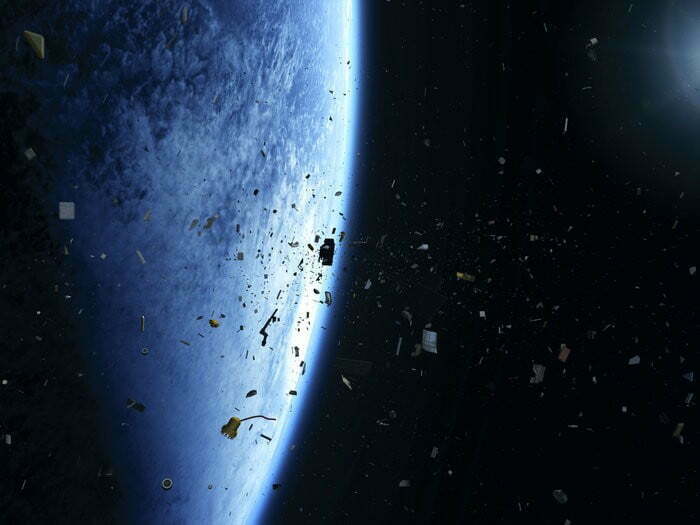
What goes up must go down. Same rule applies when it comes to satellites. Otherwise, Orbit may well become unusable as they fill with debris.
European satellite manufacturers came together to discuss redesigning low-orbit missions to meet anti-debris regulations.
Prompted by ESA’s Clean Space initiative, devoted to safeguarding the space environment. They will consider new technologies devoted to cutting down on derelict satellites being abandoned, reducing the risk of orbital collisions from increasing debris.
“This workshop is an essential step involving the whole European space sector in shaping the way forward for low-orbiting satellites,” explained ESA organiser Jessica Delaval. “Companies will have the opportunity to put forward their own technologies for debris mitigation.”
There are more than 12 000 trackable items of space debris larger than 10 cm orbiting Earth including derelict satellites, spent upper stages and fragments of old missions. All are a clear danger to current and upcoming missions. Earth’s poles have highest collision risk.
The number of smaller, untraceable objects is in the millions: hundreds of thousands of 1–10 cm pieces and millions of smaller particles. At orbital speeds, a 1 cm nut can strike with the force of a hand grenade. Today, international regulations state that minimal debris should be left to propagate within heavily trafficked orbits.Especially orbits favoured with Earth-observing missions and some classes of communication satellite, not to mention manned spacecraft and the International Space Station.
For these orbits, extending up to about 2000 km above Earth. The requirement is that satellites are to be removed within 25 years of ending their lives. Either they should end up at an altitude where atmospheric drag gradually induces or be despatched up to quieter ‘graveyard orbits’.
The workshop at ESA’s ESTEC technical centre promoted a common approach to debris mitigation, summarising the current state-of-the-art for both passive and active deorbiting approaches. And detailing ESA’s new CleanSat programme – seeking to adopt debris mitigation techniques within common platform building blocks.(IANS)

